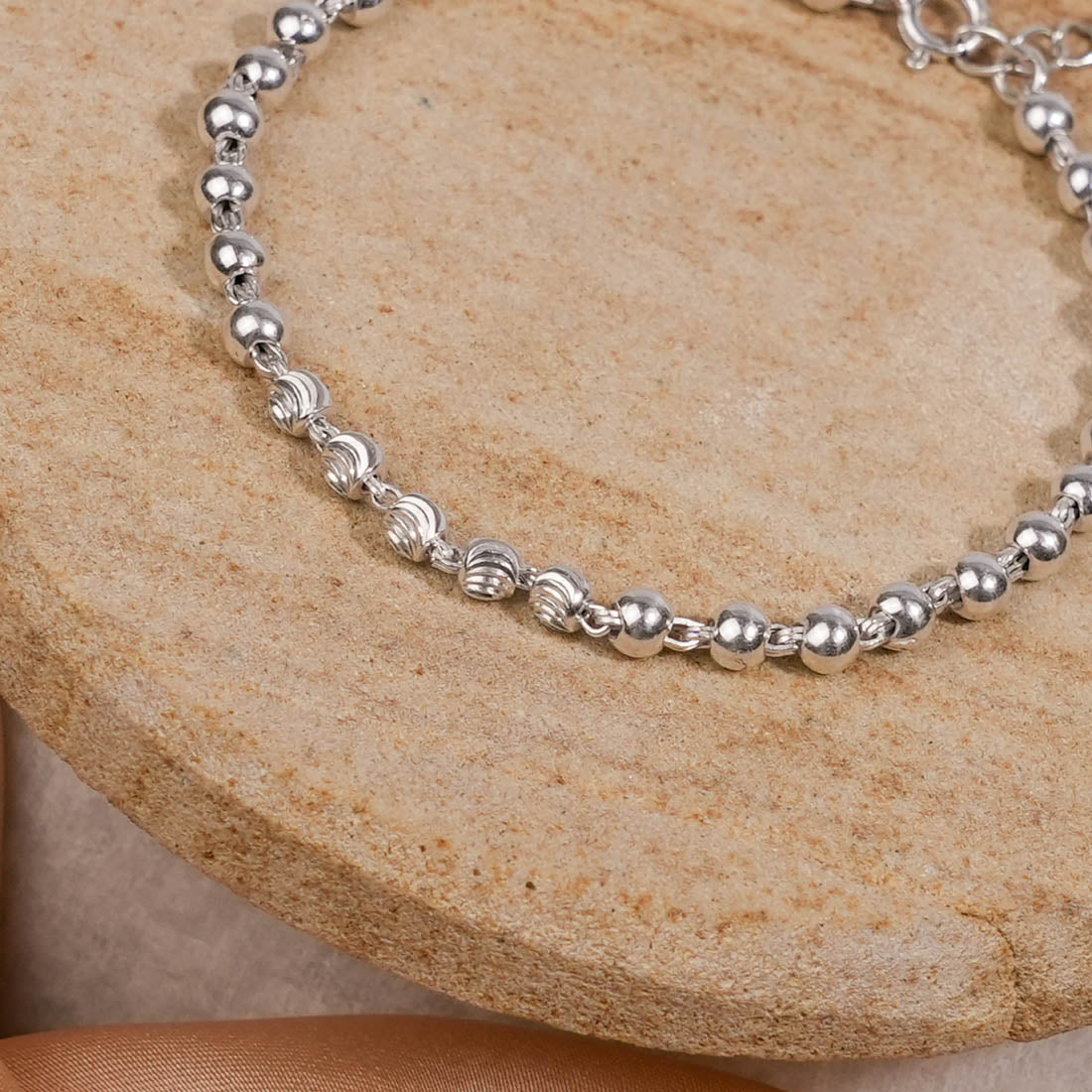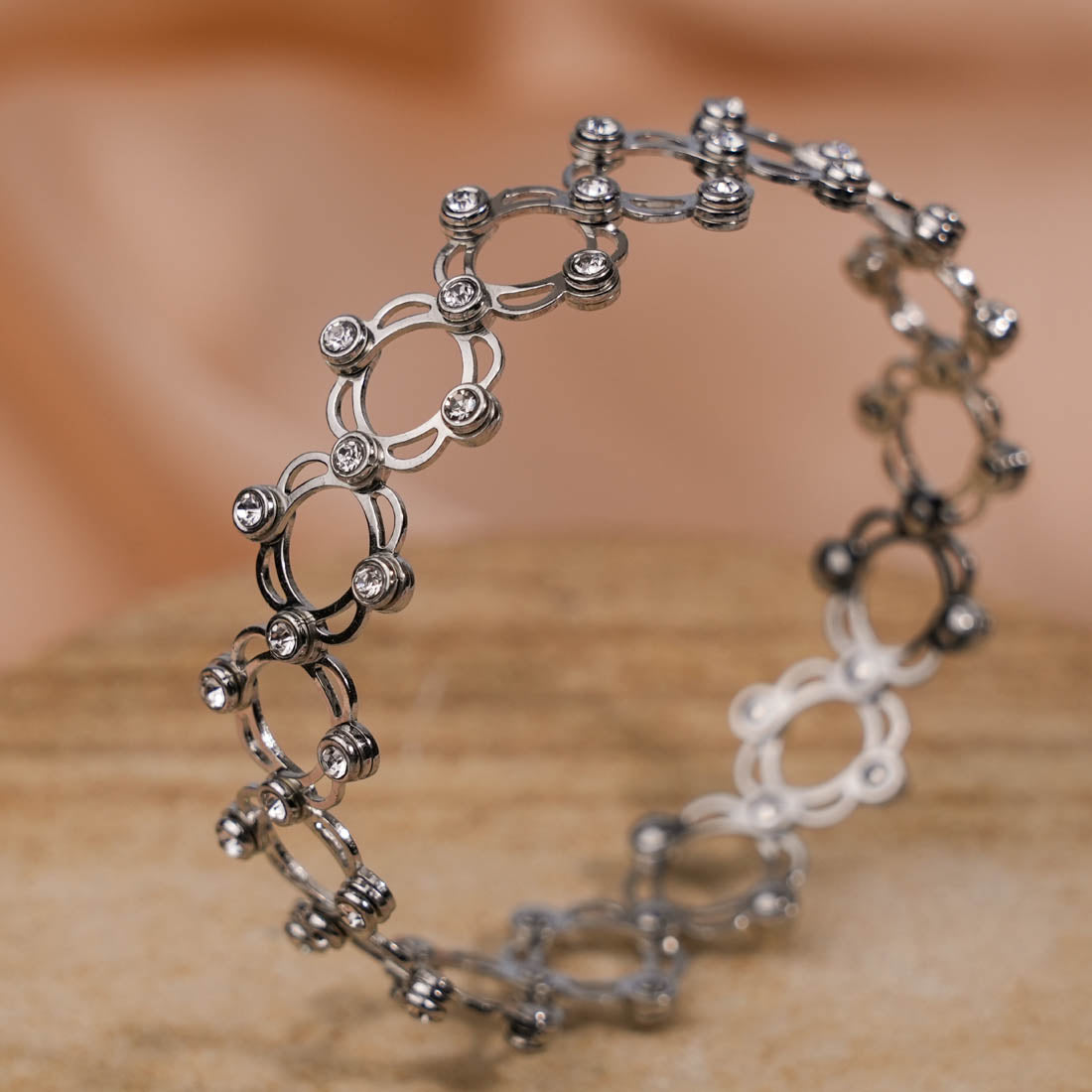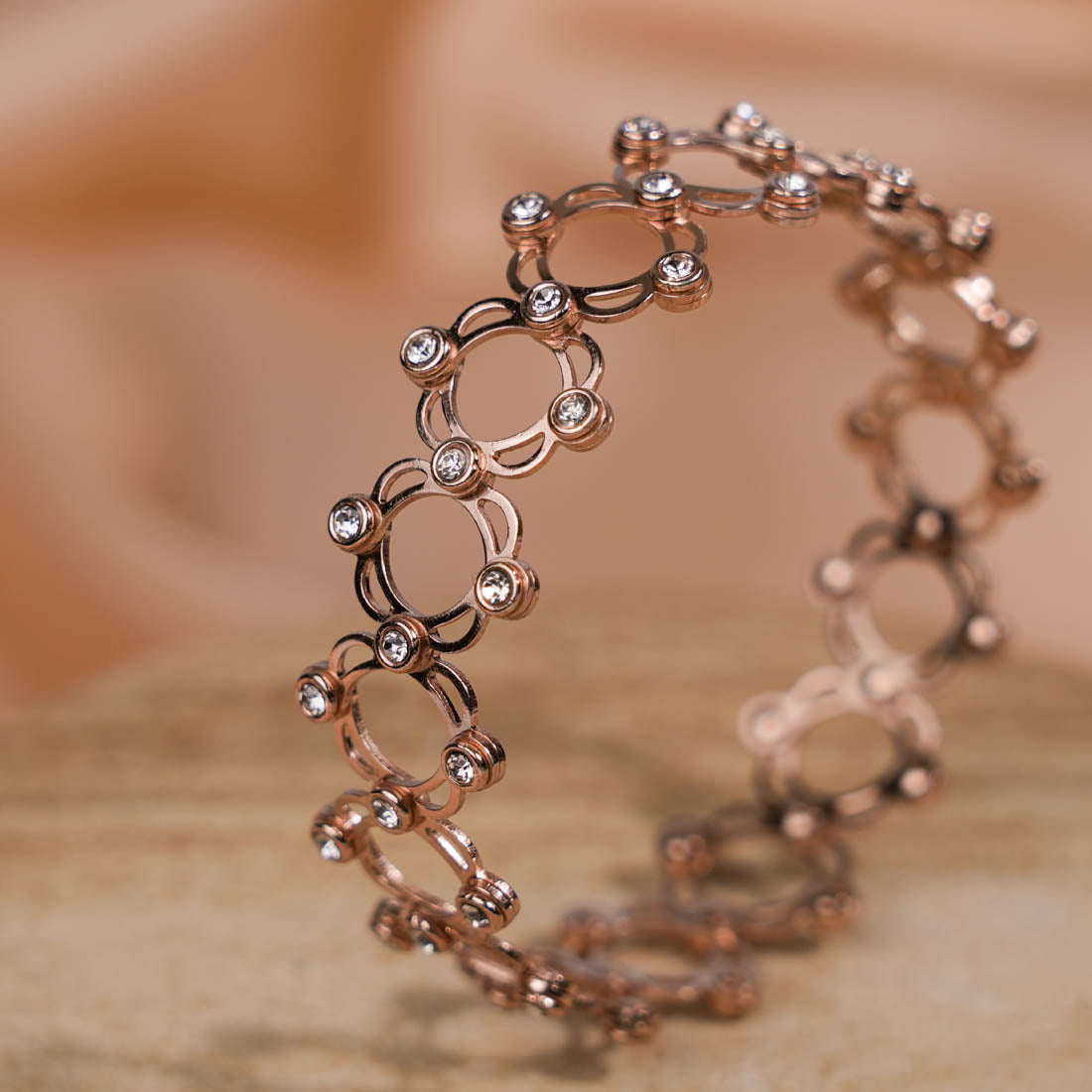Rudraksha Jewelry
Nepali vs Indonesian Rudraksha: What’s the Real Difference?
Rudraksha is more than just a bead. It’s a divine tool for healing, balance, and spiritual growth. But when you start exploring Rudraksha jewelry or malas, one question almost always comes up:
What’s the difference between Nepali and Indonesian Rudraksha?
And which one should you choose?
In this blog, we’ll break it down for you in the simplest way possible, so you get absolute clarity, even if you’re a beginner or just spiritually curious. Let’s get started!

Where Do They Come From?
Both Nepali and Indonesian Rudrakshas come from the same species of tree, Elaeocarpus ganitrus.
But they grow in different climates:
-
Nepali Rudraksha grows in the cold, mountainous regions of Nepal.
-
Indonesian Rudraksha grows in tropical areas like Java, Bali, and Sumatra.
Nepal produces fewer Rudraksha beads, making them rarer and often more expensive. Indonesia, on the other hand, produces over 70% of the world’s Rudraksha, so these beads are more widely available.
What’s the Difference in Appearance?

Let’s look at how they physically differ:
| Feature | Nepali Rudraksha | Indonesian Rudraksha |
| Size | Bigger and bolder (15–25mm) | Smaller and lighter (5–10mm) |
| Weight | Heavier, feels dense | Lighter and more compact |
| Surface | Rough texture, bold grooves | Smooth surface, fine lines |
| Mukhi Lines | Deep and clearly visible | Thin and hard to count |
| Color | Darker brown or reddish | Lighter brown (can darken over time) |
Quick Tip: If the bead is large, rough, and bold, it’s most likely Nepali. If it’s smooth, small, and light, probably Indonesian.
Which One Has More Spiritual Power?
Here’s where people get really curious.
Truth:
Both Nepali and Indonesian Rudrakshas carry the same spiritual energy. They are both sacred, powerful, and connected to Lord Shiva.
But their energy works differently:
-
Nepali Rudraksha:
Stronger vibration, faster impact. You may feel the effects (like calmness, focus, spiritual shifts) within a few days to a few weeks.
-
Indonesian Rudraksha:
Works gently and steadily. It may take 45–90 days to feel the full effects. Ideal for beginners and those who prefer subtle energy.
So the destination is the same, but the speed and intensity may differ.
How Do People Use Them?

Here’s how both types are commonly used:
-
Nepali Rudraksha
- Great for wearing as a single pendant or in small combinations
- Looks bold and powerful as jewelry
- Preferred for deeper or more focused spiritual practice
-
Indonesian Rudraksha
- Ideal for 108-bead malas for daily chanting
- Lightweight and easy to wear under clothes
- Perfect for casual or continuous use
Note: Most Rudraksha malas you see are made with Indonesian beads, they’re smaller and easier to wear for long hours.
What About Durability?
-
Nepali Rudraksha:
Stronger and thicker, great for long-term use.
-
Indonesian Rudraksha:
Still durable, but since they’re smaller, they require gentle handling (especially in malas).
In both cases, basic care like oiling the beads and keeping them away from chemicals will ensure they last for many years.
Why Is There a Price Difference?
-
Nepali Rudraksha:
- Rare, bigger in size
- More labor-intensive to harvest
- Usually sold with certifications
- Often costs 2 to 10 times more than Indonesian beads of the same mukhi
-
Indonesian Rudraksha:
- Easily available
- Mass-produced
- Very affordable, even for higher mukhi counts
Important: The price does not define the power. Both are genuine. The cost is mostly based on availability, size, and sourcing.
How to Check for Authenticity
No matter where your Rudraksha is from, make sure it’s genuine.
Here’s how:
-
Check if there’s a natural hole in the center
-
Mukhi lines should run from top to bottom
-
Ask for lab certification, especially for high-mukhi or expensive beads
-
Avoid unnaturally shiny, polished, or painted beads
-
Buy from a trusted seller who specializes in spiritual jewelry
At Prinjal.com, all Rudraksha jewelry, whether Nepali or Indonesian, is carefully sourced and verified for authenticity, so you get peace of mind along with spiritual benefits.
Which One Should You Choose?

Let’s simplify it:
Choose Nepali Rudraksha if you:
- Want faster spiritual effects
- Prefer bold, large jewelry
- Don’t mind paying a premium
- Are looking for rare or high-mukhi beads
Choose Indonesian Rudraksha if you:
- Are a beginner on a spiritual journey
- Want affordable yet powerful beads
- Need a light, comfortable mala for daily wear
- Prefer slow, subtle energy shifts
Or... do what many spiritual seekers do,
Use both together. A Nepali pendant for strength, and an Indonesian mala for daily chanting.
Final Thoughts
Whether you choose a bead from Nepal or Indonesia, what truly matters is your faith, devotion, and consistency.
Both types of Rudraksha are tools, sacred ones, but they work best when combined with a positive mindset, spiritual practice, and gratitude.
Don’t overthink it. Trust your intuition.
Let your Rudraksha become your companion in healing, meditation, and inner peace.



